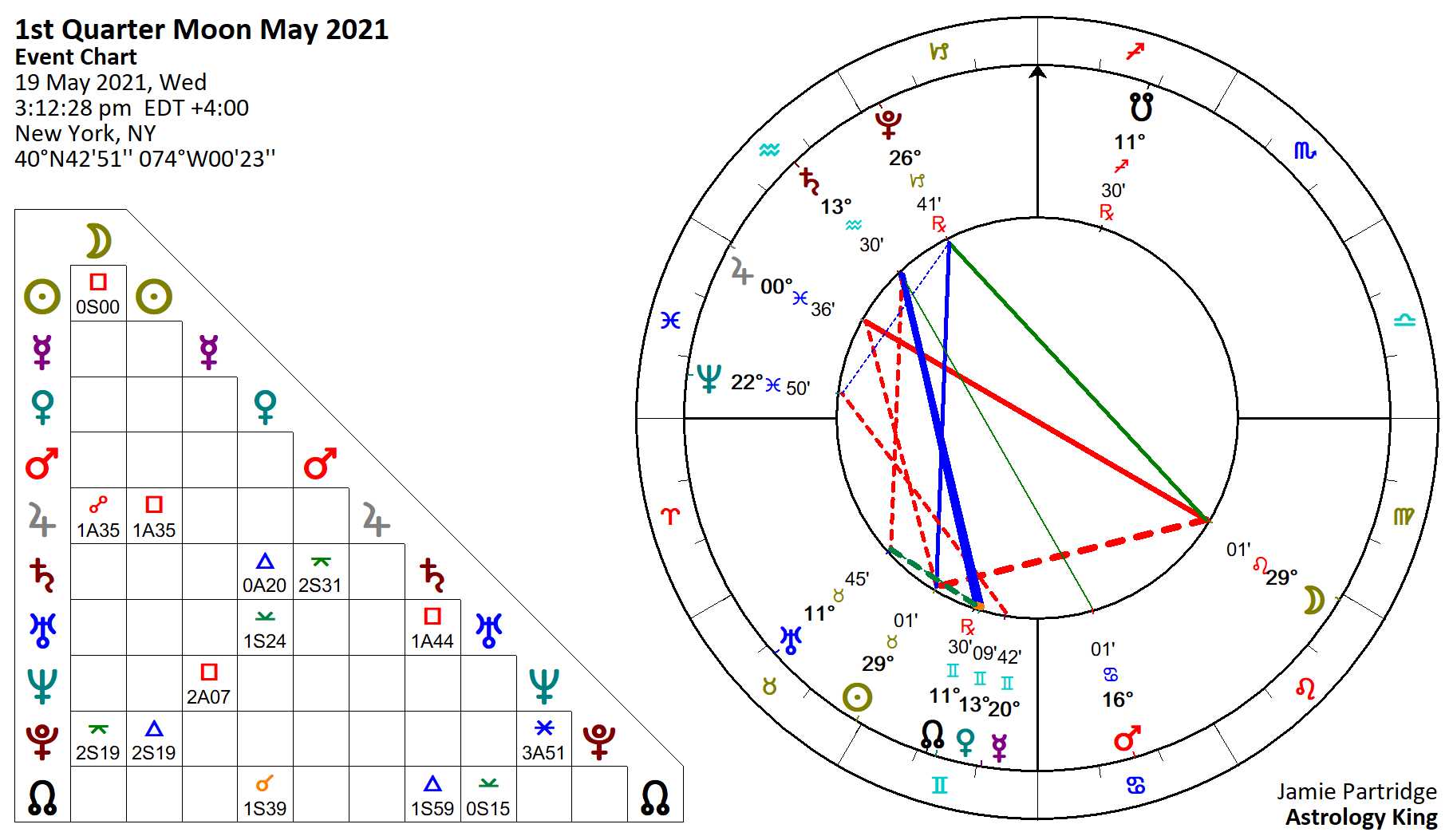

- DARK MOON MAY 2021 HOW TO
- DARK MOON MAY 2021 CRACKED
- DARK MOON MAY 2021 FULL
- DARK MOON MAY 2021 SERIES

Related: Night sky: What you can see tonight

DARK MOON MAY 2021 FULL
Unlike a " supermoon," which gets countless numbers of people scurrying for vantage points to see a slightly larger and slightly brighter-than-average full moon, with a Black Moon, you simply can't see it.Ī couple of evenings later, however, you'll be able to pick out a slender sliver of a waxing crescent moon low in the western twilight sky about 30 or 40 minutes after sunset local time. It happens at that time of the month when the moon passes through the same part of the sky as the sun and as such, the moon's dark or unilluminated side faces Earth. (Image credit: Karl Tate/)ĭuring its "new moon" phase, the moon is always "black". See the moon phases, and the difference between a waxing and waning crescent or gibbous moon, in this infographic about the lunar cycle each month.

The next Black Moon by the second new moon in a calendar month definition of the term will occur on 30 Dec. This year's Black Moon, by the seasonal definition of the term occurred on May 19, 2023. These seasonal Black Moons occur about once every 33 months according to Time and Date. When a season has four new moons the third new moon is called a Black Moon. Because Earth's seasons are approximately three months long, they typically have three new moons. These Black Moons occur approximately once every 29 months and are the most common type of Black Moon according to Time and Date.īy the second definition, a Black Moon refers to an extra full moon in a season. A second full moon in a single calendar month is sometimes called a " Blue Moon." By this definition, a Black Moon is the flip side of a Blue Moon: the second new moon in a single calendar month.
DARK MOON MAY 2021 CRACKED
DARK MOON MAY 2021 HOW TO
DARK MOON MAY 2021 SERIES
Lunar year series Lunar eclipse series sets from 2020–2023 Local times are recomputed here for the time zones of the areas where the eclipse was visible: Observers located in southern and eastern Asia saw the eclipse at moonrise, whilst observers located in western North America and western South America saw the eclipse at moonset. It will be below the horizon at this time, so plan to venture outdoors on. The total lunar eclipse was visible over the Pacific Ocean, Oceania, and Antarctica in its entirety. Mays full Flower Moon reaches peak illumination at 1:36 P.M. This lunar eclipse was the first of an almost tetrad, the others being (P), (T) and (T). It was followed two weeks later by an annular solar eclipse on 10 June 2021 over the northern polar regions of Earth. The event took place near lunar perigee as a result, this supermoon was referred to in US media coverage as a "super flower blood moon", and elsewhere as a "super blood moon". The next total eclipse occurred in May 2022. It was the first total lunar eclipse since the January 2019 lunar eclipse, and the first in a series of an almost tetrad (with four consecutive total or deep partial lunar eclipses). The eclipsed moon appeared as a faint red disk in the sky due to a small amount of light being refracted through the earth's atmosphere this appearance gives a lunar eclipse its nickname of a Blood Moon. This can occur only when the Sun, Earth, and Moon are exactly or very closely aligned (in syzygy) with Earth between the other two, which can only happen at a full moon. A lunar eclipse occurs when the Moon moves into the Earth's shadow. The southern part of the moon is darkest due to it being closest to the centre of the shadow.Ī total lunar eclipse occurred on. Here, the brightness of the moon is exaggerated within the umbral shadow. It first enters the outer penumbral shadow, and then the dark umbral shadow. This animation shows the Moon moving west to east, passing into the shadow of Earth in Scorpius near the Milky Way.


 0 kommentar(er)
0 kommentar(er)
